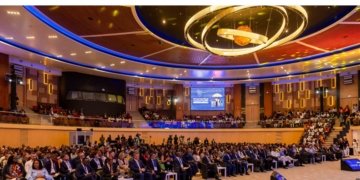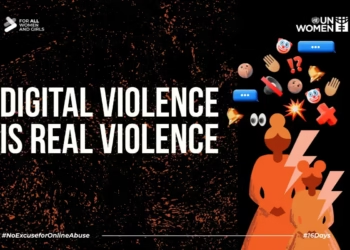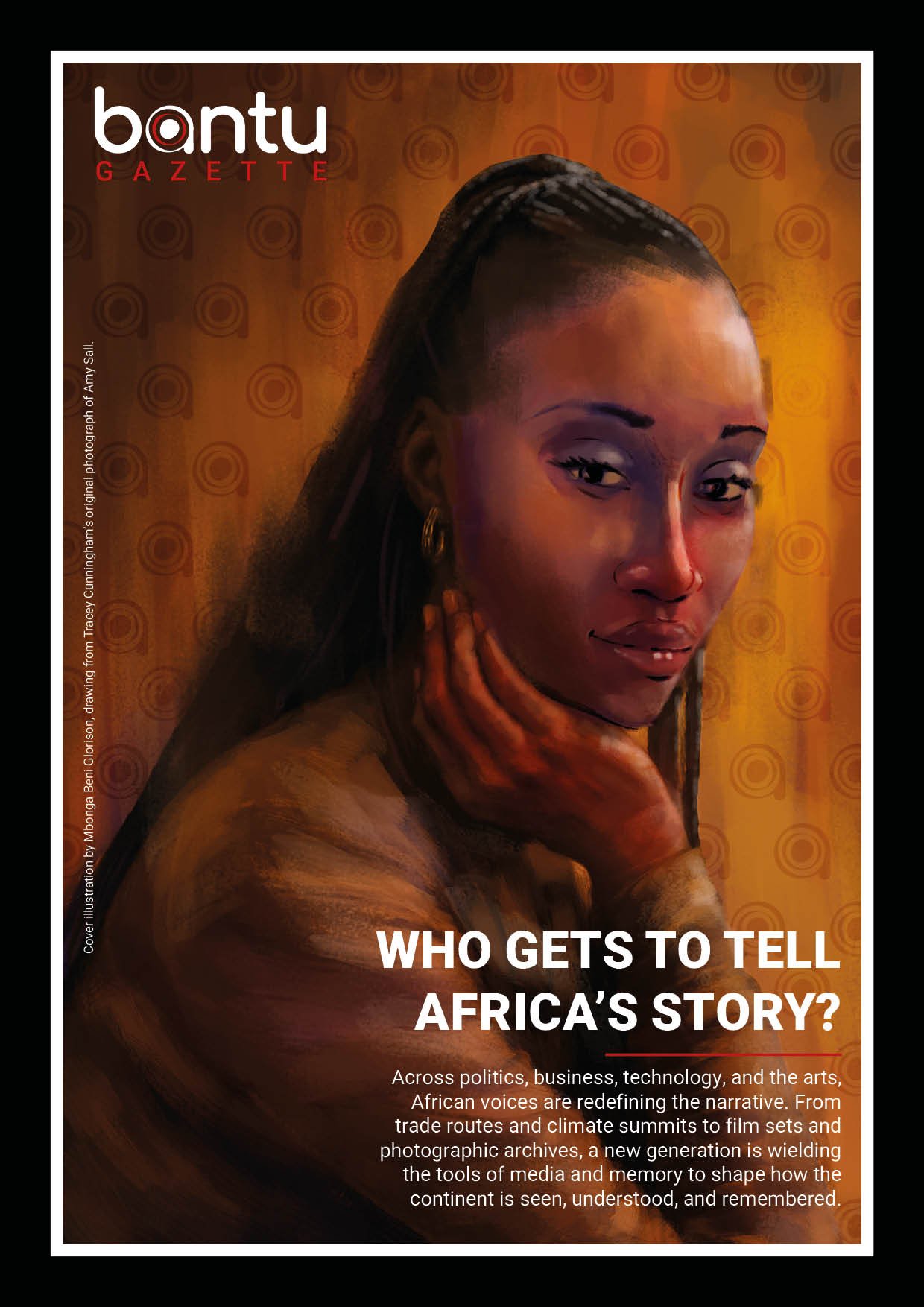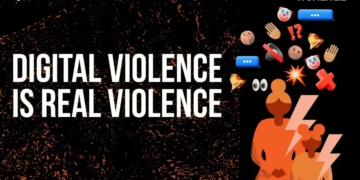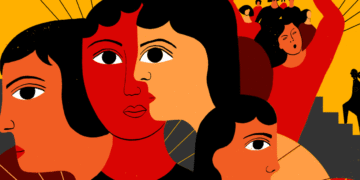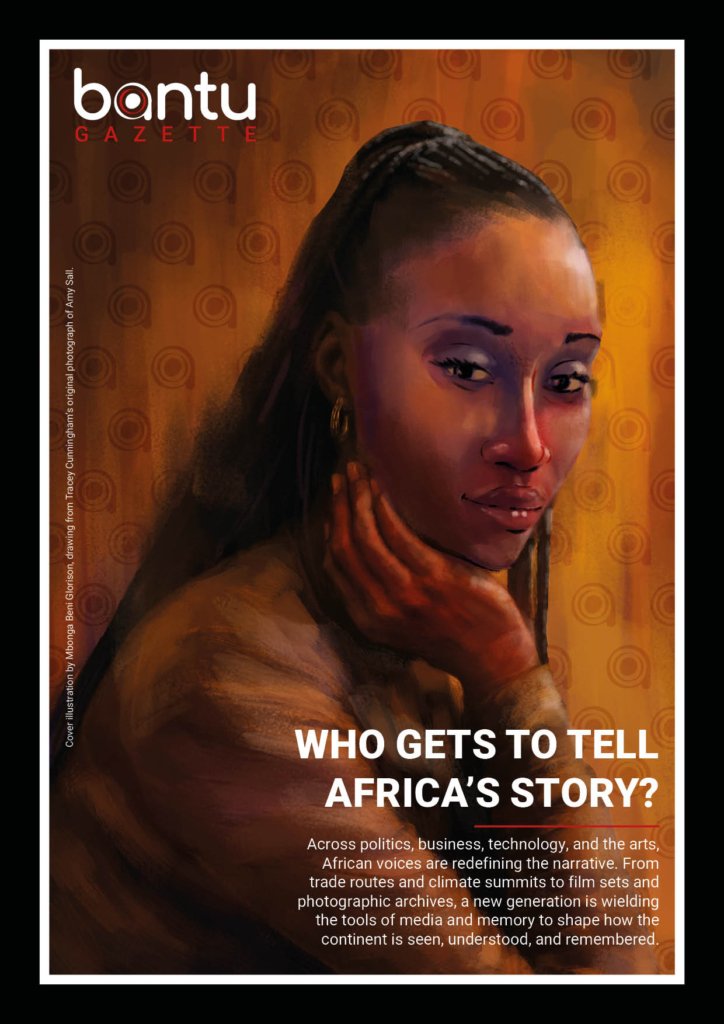Mass drug administration targets over 1.8 million residents in 10 districts.
BRAZAVILLE, The Republic of Congo (BG) – The Republic of Congo has launched an ambitious campaign to eliminate two major neglected tropical diseases, onchocerciasis and lymphatic filariasis (LF), through a mass drug administration initiative that aims to treat over 1.8 million people.
The campaign, currently underway in 10 districts, is expected to treat more than 800,000 individuals for onchocerciasis and nearly one million for lymphatic filariasis. These diseases, both caused by parasitic infections, have long plagued affected communities, leading to significant health challenges.
Nearly 6,300 community health workers have been mobilized to ensure the program reaches its targets, working tirelessly to distribute medications and educate communities. Their efforts are already yielding results, as residents increasingly welcome the initiative.
“Before, it wasn’t easy. But now that people understand the importance of the medication, I’m warmly welcomed by families,” said Jean Marie Saboutou, a community health worker in Brazzaville as quoted in a tweet by the World Health Organization African Region.
The Diseases in Focus
Onchocerciasis, also known as river blindness, is caused by parasitic worms and affects the skin and eyes. Symptoms include severe itching and various skin changes. The microfilariae (larval stage of the worm) move through the subcutaneous tissue, triggering intense inflammatory responses upon their death, which can lead to blindness in severe cases.
In the human body, the adult worms produce embryonic larvae (microfilariae) that migrate to the skin, eyes and other organs. When a female blackfly bites an infected person during a blood meal, it also ingests microfilariae which develop further in the blackfly and are then transmitted to the next human host during subsequent bites.
Lymphatic filariasis, commonly referred to as elephantiasis, is caused by thread-like filarial worms transmitted to humans through mosquito bites. The three types of worms responsible for LF include Wuchereria bancrofti, which accounts for 90% of cases, Brugia malayi, and Brugia timori. Although the infection often begins in childhood, it causes hidden damage to the lymphatic system, leading to debilitating swelling and disfigurement in later years.
A Step Toward Health Equity
Congo’s efforts are to be commended, as they highlight the importance of community engagement in combating neglected tropical diseases. Mass drug administration campaigns are considered a cornerstone of elimination efforts, enabling large-scale treatment and prevention.
The campaign reflects a growing understanding within affected communities about the benefits of treatment and the critical need to interrupt the transmission of these diseases. With sustained efforts, the Republic of Congo is making significant strides toward eliminating the burden of these conditions and improving the quality of life for its people.
For now, community health workers like Saboutou remain at the forefront of this transformative effort, delivering not only medication but also hope to millions.




